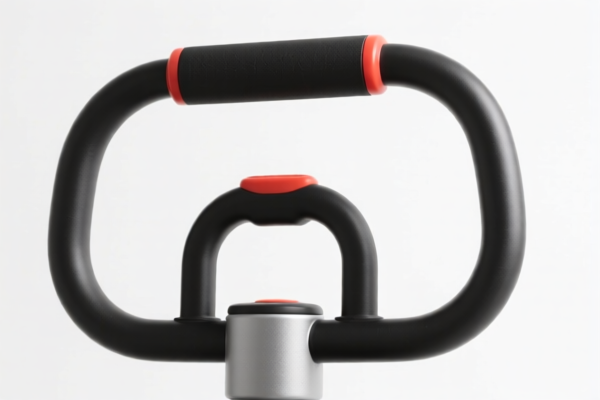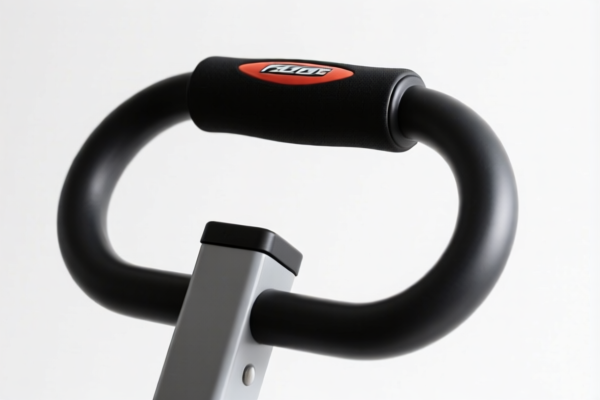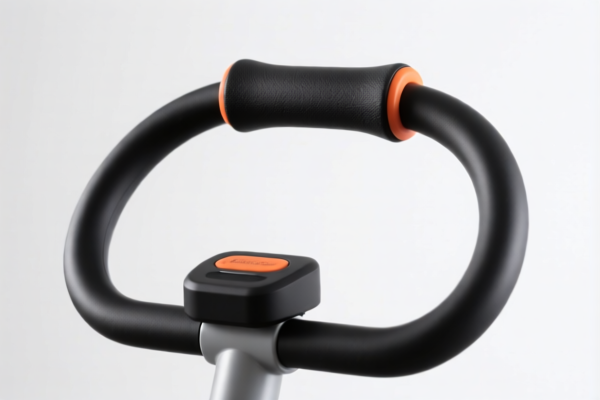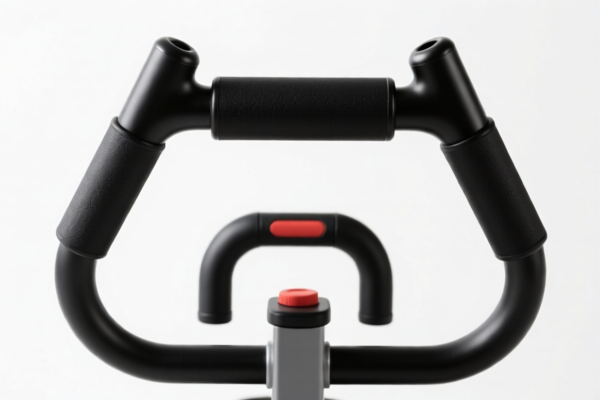| HS Code | Official Doc | Tariff Rate | Origin | Destination | Effective Date |
|---|---|---|---|---|---|
| 8714996000 | Doc | 37.5% | CN | US | 2025-05-12 |
| 4911998000 | Doc | 37.5% | CN | US | 2025-05-12 |
| 4911996000 | Doc | 37.5% | CN | US | 2025-05-12 |
| 4906000000 | Doc | 37.5% | CN | US | 2025-05-12 |




Shift Lever
A shift lever (also known as a gear stick, gearshift, or simply shifter) is a mechanical linkage primarily used to select different gears in a manual transmission vehicle. It allows the driver to control the application of engine power to the wheels, influencing speed and torque. While primarily associated with manual transmissions, automatic transmissions also utilize a selector lever, though its function differs.
Material
Shift levers are commonly constructed from:
- Steel: Provides high strength and durability, often used for the internal components and linkage.
- Aluminum: Lighter than steel, frequently used for the external handle and base for weight reduction and aesthetics.
- Plastic/Polymer: Used for shift knobs and some internal components in lower-cost applications. Carbon fiber is also used in high-performance applications for weight savings and rigidity.
- Leather/Alcantara/Rubber: Materials used to cover the shift knob for improved grip and comfort.
Purpose
The primary purpose of a shift lever is to:
- Gear Selection: Allow the driver to choose the appropriate gear ratio for varying driving conditions (acceleration, cruising, climbing hills, descending, reversing).
- Power Transfer Control: Facilitate the transfer of engine power to the wheels through the transmission, optimizing performance and efficiency.
- Vehicle Control: Provide a direct means for the driver to manage the vehicle’s speed and torque.
Function
The shift lever operates by:
- Linkage: Connecting to the transmission through a series of rods, cables, or hydraulic systems.
- Selector Forks: Activating internal selector forks within the transmission to engage different gear sets.
- Neutral Position: Providing a disengaged position where no gear is selected, allowing the engine to run without transmitting power to the wheels.
- Reverse Gear Lockout: Incorporating a safety mechanism (often requiring pressing down on the knob or lifting a collar) to prevent accidental engagement of reverse gear while the vehicle is in motion.
Usage Scenarios
- Manual Transmission Vehicles: Essential for controlling gear selection in cars, trucks, and motorcycles with manual transmissions.
- Automatic Transmission Vehicles: Used to select drive (D), reverse (R), neutral (N), and park (P), and often includes lower gear selections (e.g., 3, 2, 1, L) for engine braking or specific driving conditions.
- Performance Driving: Used for precise gear changes to maintain optimal engine RPM and maximize acceleration or control.
- Off-Road Driving: Used for selecting appropriate gear ratios for navigating challenging terrain.
Common Types
- H-Pattern Shift Lever: The most common type in manual transmission vehicles, characterized by a distinct "H" shaped gate pattern representing the gear positions.
- Sequential Shift Lever: Commonly found in motorcycles and some high-performance cars, allowing the driver to shift gears in a linear sequence (up or down) using a single lever.
- Rotary Shift Lever: Found in some automatic transmission vehicles, utilizing a dial or knob to select gears.
- Push-Button Shift Lever: Used in some automatic transmissions, employing buttons to select drive, reverse, and other modes.
- Floor-Mounted Shift Lever: The most common mounting location for both manual and automatic transmissions.
- Steering Column-Mounted Shift Lever: Found in some older vehicles and certain automatic transmission applications.
- Short Throw Shift Lever: A modified lever with a reduced throw distance, enabling faster gear changes.
Based on the provided information, the following HS codes may be relevant to “shift lever”:
- 8714996000: This HS code falls under Chapter 87, which covers Parts and accessories of vehicles of headings 8711 to 8713. Specifically, it covers “Other” parts and accessories, and further specifies “Trigger and twist grip controls for three speed hubs, and parts thereof; bicycle handlebar stems wholly of aluminum alloy (including their hardware of any material), valued over $2.15 each; and bicycle handlebar stem rotor assemblies”. A shift lever used as a trigger or twist grip control for a three-speed hub could fall under this code. The value requirement of over $2.15 each should be considered.
Regarding HS code 8714996000, please note the value requirement of over $2.15 each. The applicable tariff is a base tariff of 0.0%, an additional tariff of 7.5%, and a tariff of 30% after April 2, 2025, resulting in a total tariff of 37.5%.
Customer Reviews
No reviews yet.